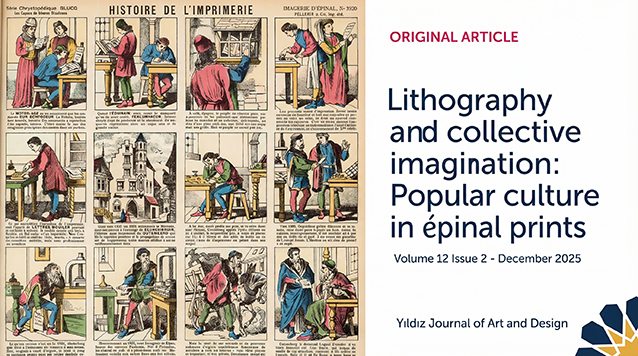Abstract
This paper focuses on assessing the appropriateness of selected logos of popular brands. The paper enunciates the relevance of logos to the public perception of brands. Logos function as signifiers, denotative, point of contact and identifiers. The visual components of logos and the suggestive meanings of shapes which are the building blocks of the pictorial contents are articulated in this study. Thirty (30) logos of popular brands were purposively selected and subjected to the analysis of Eighty (80) constituting of thirty (30) formally trained practicing graphic designers, ten (10) experienced printers and forty (40) individuals whom are familiar with the selected brands. The collated data were analyzed using the Statistical Package of Social Science (SPSS). Findings revealed that logos are visual seals that communicate brand promises to the targeted audience, viewers recall simple logos more easily and logos crammed with colours are not appealing. The study recommended that visual contents of logos should resonate balance, application colours in logos should be limited to two and logos design should be a product of a sound brand strategy.
Bu makale, bazı popüler markaların logolarının bir değerlendirmesidir ve logonun kamuoyunun marka algısıyla ilişkisini açıklamaktadır. Logolar, markanın sembolü ve tanımlayıcısı işlevi görür; hedef kitleye bir anlayış iletirler. Bu çalışmada bir logonun görsel bileşenleri ve görselin önerdiği anlamlar eklemlenmiştir. Popüler markaların 30 logosu seçildi ve 80 gözden geçirenin analizine tabi tutuldu: 30 resmi eğitimli grafik tasarımcı, 10 deneyimli matbaacı ve seçilen markalara aşina olan 40 tüketici. Derlenen veriler SPSS Statistics yazılımı (IBM Corp., Armonk, NY, USA) kullanılarak analiz edildi. Bulgular, izleyicilerin basit logoları daha kolay hatırladığını ortaya koydu; çok fazla renge sahip karmaşık bir logo çekici değildi ve bu nedenle akılda kalıcı değildi. Bulgular, bir markanın görsel imajının dengeli, 2 renkle sınırlı olması ve tasarımın dikkatle araştırılmış bir marka stratejisinin ürünü olması gerektiğini göstermektedir.















